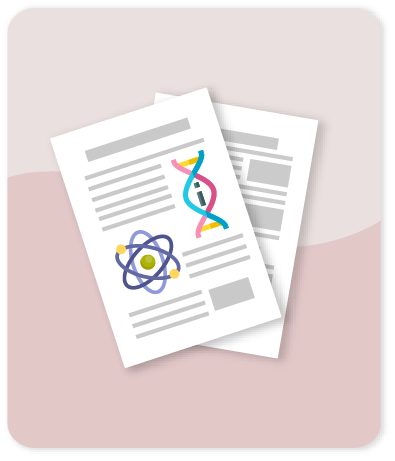Microsolvation of Mg2+, Ca2+: Strong influence of formal charges in hydrogen bond networks

Compartir este ítem
Fecha
2013Autor
Gonzalez J.D.
Florez E.
Romero J.
Reyes A.
Restrepo A.
Citación
Metadatos
Mostrar el registro completo del ítemResumen
A stochastic exploration of the quantum conformational spaces in the microsolvation of divalent cations with explicit consideration of up to six solvent molecules [Mg (H 2 O) n )]2+, (n = 3, 4, 5, 6) at the B3LYP, MP2, CCSD(T) levels is presented. We find several cases in which the formal charge in Mg2+ causes dissociation of water molecules in the first solvation shell, leaving a hydroxide ion available to interact with the central cation, the released proton being transferred to outer solvation shells in a Grotthus type mechanism; this particular finding sheds light on the capacity of Mg2+ to promote formation of hydroxide anions, a process necessary to regulate proton transfer in enzymes with exonuclease activity. Two distinct types of hydrogen bonds, scattered over a wide range of distances (1.35–2.15 Å) were identified. We find that in inner solvation shells, where hydrogen bond networks are severely disturbed, most of the interaction energies come from electrostatic and polarization+charge transfer, while in outer solvation shells the situation approximates that of pure water clusters.
Colecciones
- Indexados Scopus [1632]
